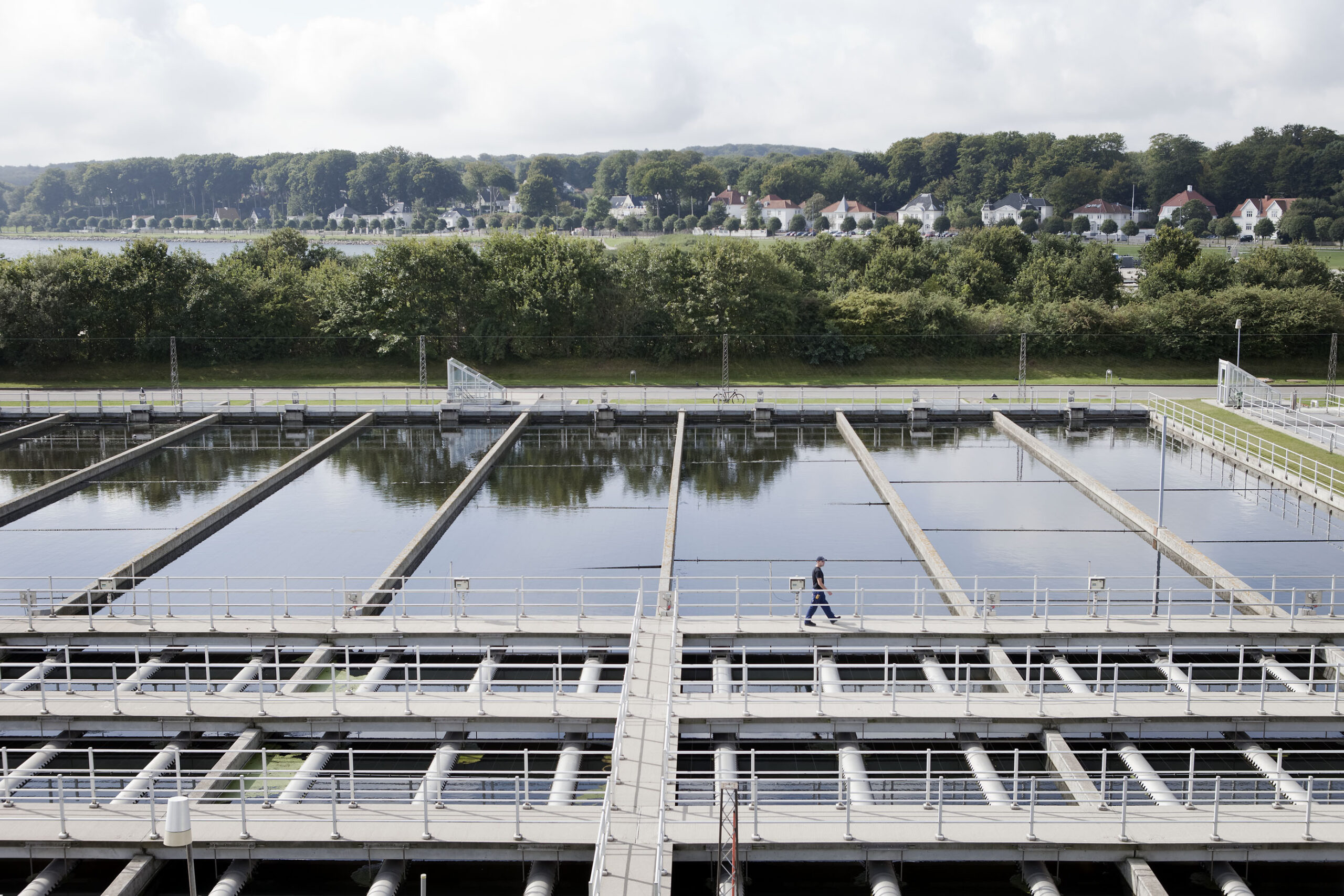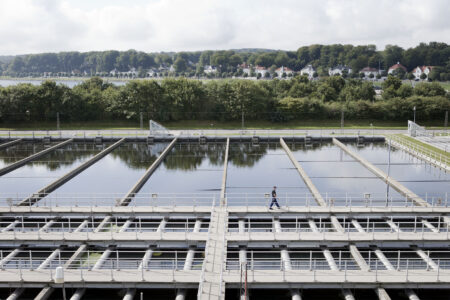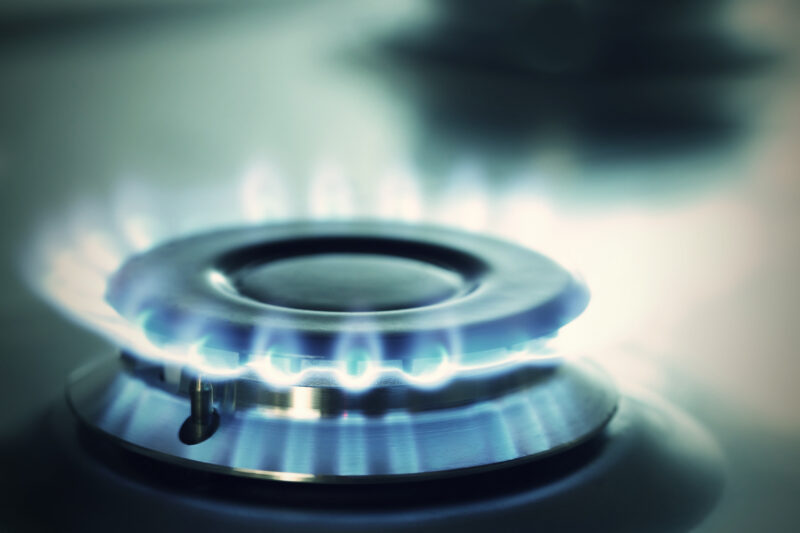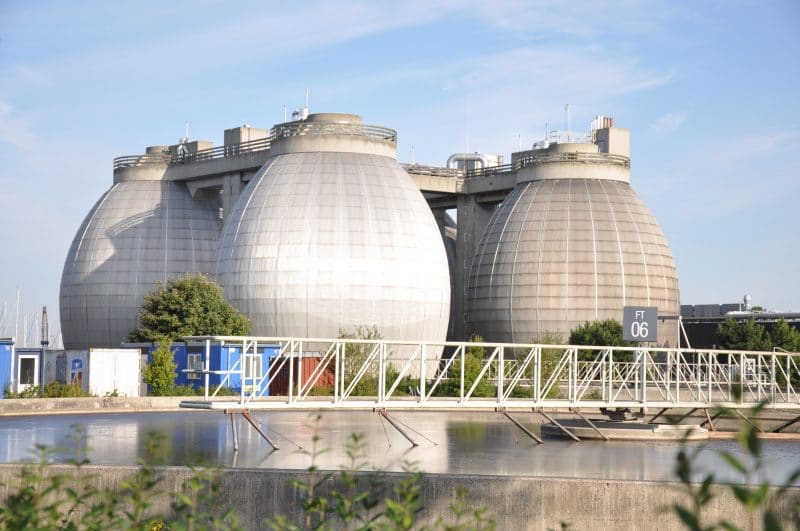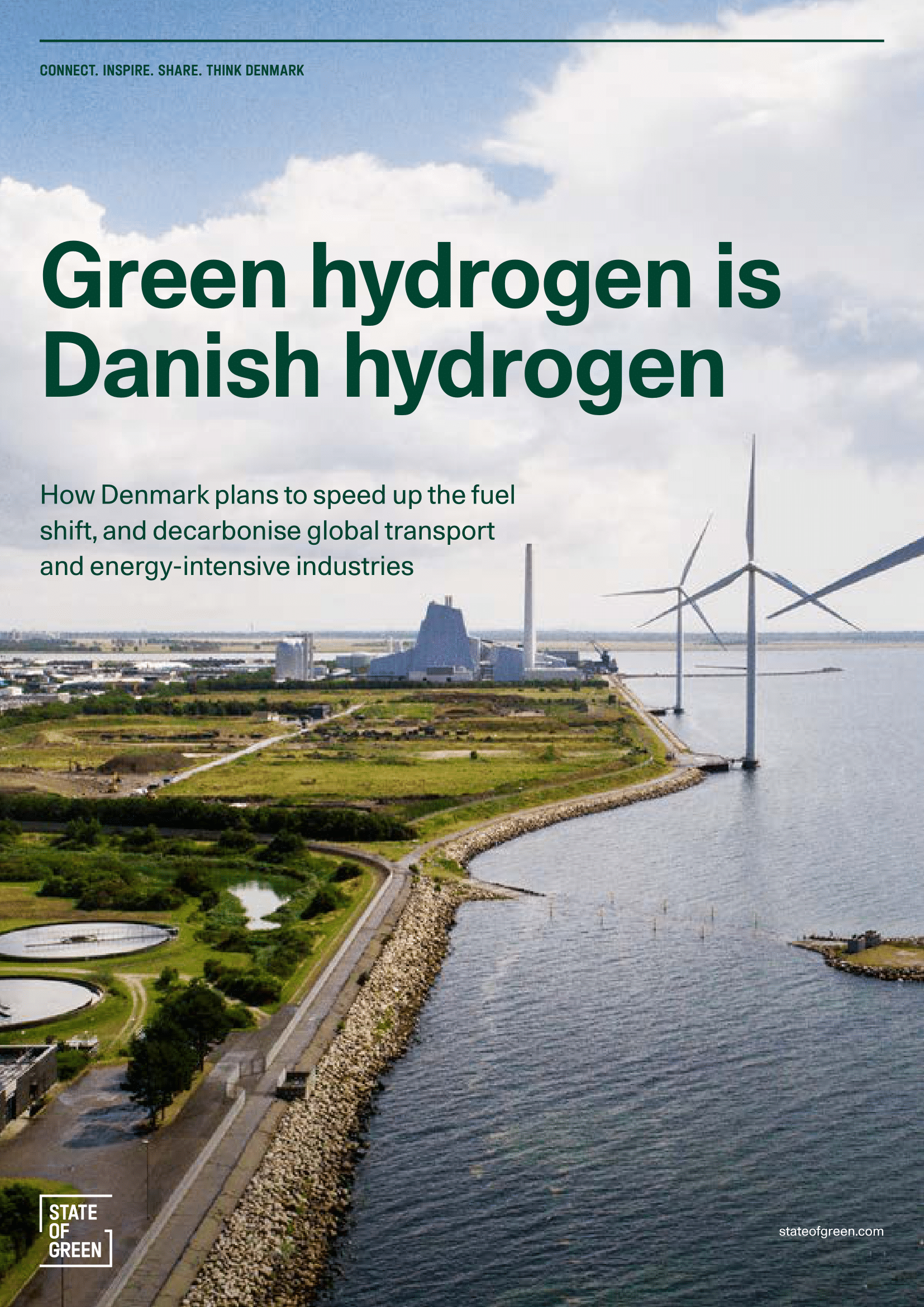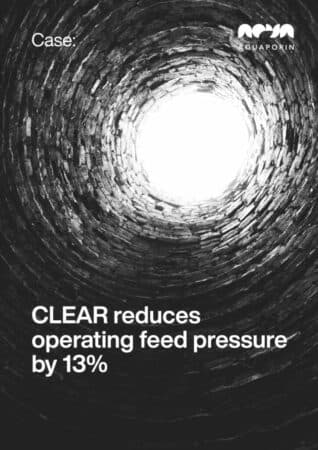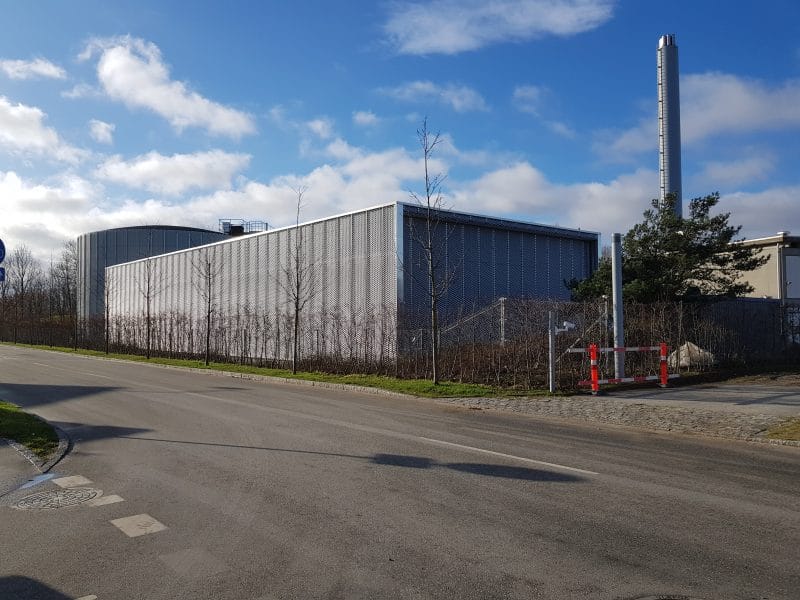Similar average results in all three countries
Despite the quite different operating conditions between the wastewater treatment plants involved, such as average temperature and sludge age, the average annual results of the measurements were similar in all three countries.
One of the most surprising results was the seasonal variation. The amount of nitrous oxide peaks during spring in all three countries, and there are several hypotheses as to why this is the case.
The question is whether rising temperatures causing a change in the microbial composition are the reason for an imbalance, which in turn brings about a rise in the level of nitrous oxide. We will need to investigate this further,” says Morten Rebsdorf.
The annual average of daily emission factors also turned out to be quite similar in all three countries, at approximately 1.5% N2O/TN. This accords quite well with the current IPCC (Intergovernmental Panel on Climate Change) emission factor of 1.6% N2O/TN, but only in an average perspective.
However, national emission factor guidelines are lower in all three countries. In Denmark the emission factor is 0.84% N2O/TN, while in the UK and Australia the factors are 0.4 % N2O/NH3-N and 0.5% N2O/TN, respectively.
Standardization needed
At the IWA-LET conference in Korea it was concluded that there is a need to develop well-proven monitoring, calculation and reporting methodologies. It is very important to have standardized methods to calculate emission factors to ensure reported emissions are reflective of actual emissions.
I experienced a great deal of interest from the audience in relation to standardizing the methods for measuring and analyzing nitrous oxide emissions. With this international pilot project, we hope to have contributed to creating a pathway towards common ground in this respect, concludes Morten Rebsdorf.
Our thanks to Pete Vale (Severn Trent) and Peter Wardrop (Melbourne Water), in particular, for the cooperation on monitoring and analyzing nitrous oxide levels.
